Ideally horses need 2 – 5 % daily of their
bodyweight in fibre,
This would usually be in the form of forage
(pasture), cereal hay, chaff
Some other forms of fibre are provided in packaged
feeds and can be used to top-up in case of low
supply or poor quality traditional fibre sources.
Lucerne hay can be added to the diet as a calcium
and protein source but not more than 20-25% of the
hay/chaff quantity.
Other fibre sources to consider:
Barley straw
Cereal chaff
Barastoc Speedibeet
Barastoc Fibre-beet mash
Johnson Natural Formula Fibresafe
Maxisoy
Sweetbulk
Hygain Fibre Essentials
The underweight Horse
There are visual signs that a horse is underweight and to varying degrees. The ribs can be easily seen and felt, tail head is quite prominent, a ridge down the back and prominent back bone, bones in the neck may be quite easy to see.
Some reasons for poor condition:
- There may be dental issues indicated by dropping feed while chewing, facial swelling, weight loss, bad smelling breath. Consult an Equine dentist.
- The horse may have a parasite infestation which is indicated by a dull coat, itchy tail head and a reduced appetite. There are a wide range of worm medications available in the fodder store and consider pasture management and faecal egg counts.
- Stress can be a factor in weight loss and is expressed by pawing, chewing and biting, fence or stable walking. To reduce stress, increase social contact and time out in pasture, consider small frequent feeding throughout the day, access to more roughage.
- Disease or illness can interfere with weight gain and a horse’s appetite as well as affect the nutrient absorption in the digestive system. Consultation with a vet may be beneficial.
- Gastric ulcers can cause discomfort, poor appetite and weight loss. There may also be an attitude change in the demeanour of the horse. Some strategies include more free access to pasture and hay, more frequent smaller meals or feeding a small amount of lucerne 30 min before exercise acting as a buffering to gastric acid. Vet treatment for the ulcer.
- Sounds obvious but it may be a result of not having enough feed. Just like humans, some horses have a faster metabolism and need a higher calorie intake to maintain weight and energy. Adhere to feeding recommendations if using a pre-packaged bagged feed, don’t underestimate the size, weight and nutrition needs of your horse. ‘Poor Doers” may have difficulty keeping weight on and easily lose weight especially as the weather turns cold, necessitating the use of a rug during colder times of the year.
Tips for Keeping Your Animals Cool
Dogs:
- Plenty of cool drinking water
- Try to place the drinking water in a shady place to avoid it heating during the day
- Sometimes an ice bottle/block in the water will help keep it cool during the day
- Inside dogs will find the best spot in the house – usually near the air-con duct
- Outside dogs may need a hose-down occasionally or access to a water bath or trough
- Aim to take them walking early morning or evening after the sun has gone down and the road/pavement surface is no longer hot.
Horses:
- Try to provide access to trees or a shelter shed during the hot part of the day
- Ensure plenty of drinking water is available, a larger volume will not heat up significantly during a hot day. Placement in the shade is desirable.
- Aim to ride/exercise your horse early morning or during the evening
- If you plan to ride during warm conditions, pre-cool before riding: cover the saddle area with a plastic sheet to keep it dry, sponge or hose your horse, then saddle him up and as the horse exercises the evaporation of water in the coat will keep him cool for 10-15mins.
- Upon finishing exercise, allow your horse to walk for 3-5 minutes to trigger sweat loss, dismount, unsaddle and either wash with cool water and a sponge or lightly hose his body and legs. Use a scraper on his topline, neck, sides and underbelly to remove the ‘warm’ water allowing any water in the coat to evaporate more efficiently. If he is hot and panting, take him for a short walk and then sponge or hose again, repeat the process until he is comfortable.
- During a ride on a hot afternoon, you can carry a saturated sponge in a plastic bag attached to your saddle. If you decide to stop for a rest, you can sponge his neck, topline, flanks and underbelly. If continuing to ride within a few minutes, scraping will not be necessary as the water will evaporate with airflow as you ride. Otherwise just scrape the excess water off with your hands.
- Make sure your horse has access to a salt block which will encourage water intake. If your horse is working regularly in hot weather, consider using an electrolyte supplement.
Rabbits, Guinea Pigs, Birds, Chooks:
- Provide plenty of cool water
- Use a frozen bottle of water for rabbits and guinea pigs to lie against
- Cages placed in a shady location are desirable or use a shade cloth or rigid shade placed over the cage.
- A garden mister attachment on a garden dripper line can be used to provide a cooling spray for chickens and birds. Consider using a timer tap so it operates for a specified time.
- A garden sprinkler run in a chicken coop will provide a patch of damp dirt for them to scratch about in afterwards.
- Cages can be hung with a wet hessian bag or towel which acts with evaporation as the air passes through to make the environment in the cage cooler.
- Salt licks which encourage water intake are available for rabbits and guinea pigs.
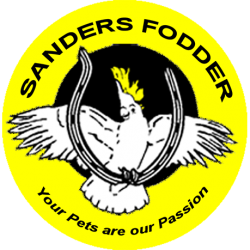
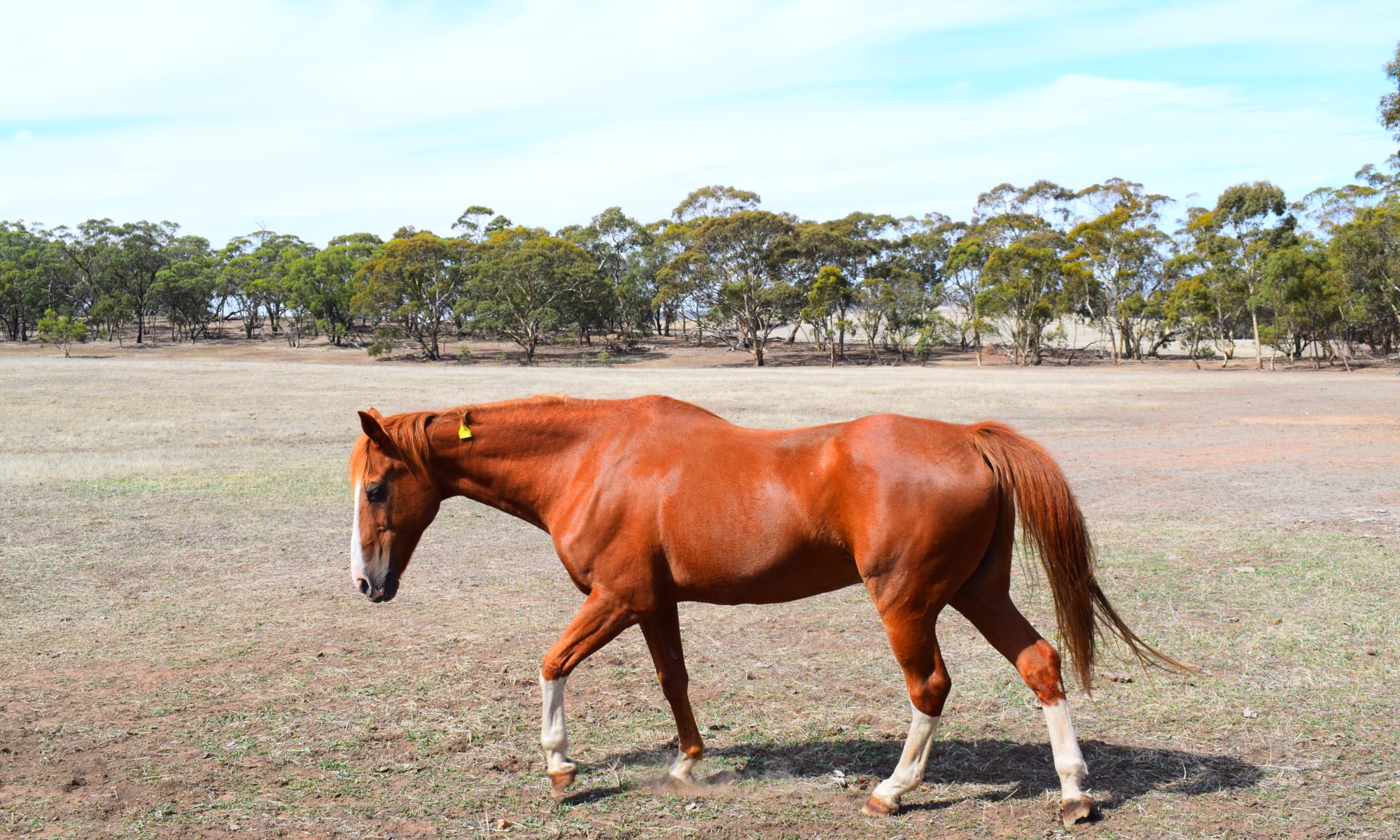

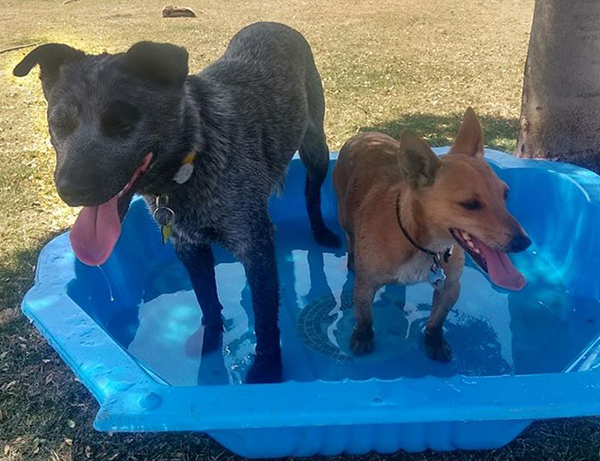
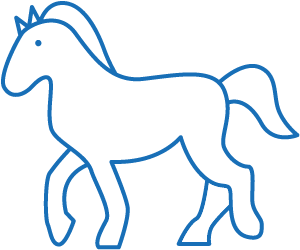
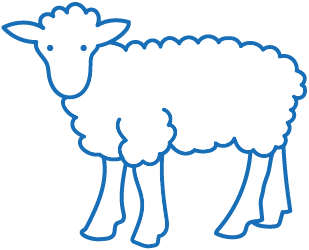
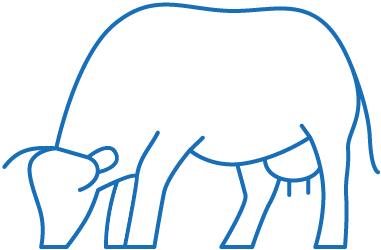
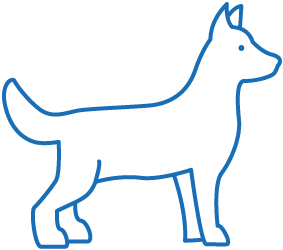
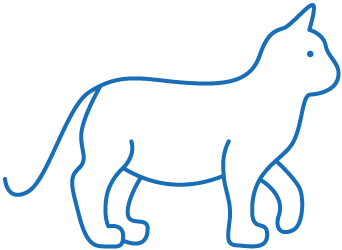
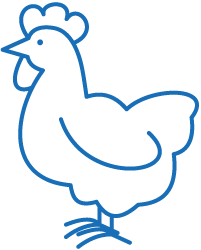
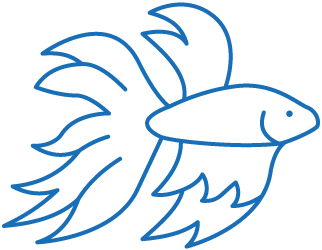

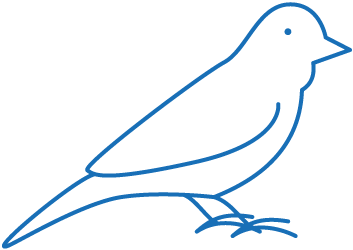
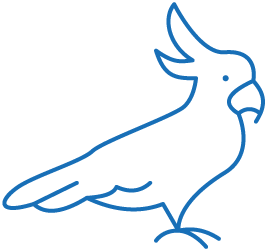

Last weeks to enter for your chance to win the Hairy Pony pack (ends 31 Dec)
Spend $75 on any mix of Ammo horse wormers or Energetic Isotonic and enter the draw.
#CevaEquine #horsewellness #equinehealth #ammohorsewormer #chalkboardspecials ... See MoreSee Less
0 CommentsComment on Facebook
Buy Cobber dog food for your chance to win 🐕🐕🐕
#cobberdog #chalkboardspecials ... See MoreSee Less
0 CommentsComment on Facebook
... See MoreSee Less
0 CommentsComment on Facebook
We've added some more toys to our John Deere shelf 🌲
#johndeeretoys #gifts #giftvouchersavailable
#chalkboardspecials ... See MoreSee Less
1 CommentsComment on Facebook
Save on a trifecta of horse care 🐴 Wormer🐴fly repellent🐴tasty treat🐴
sale until Dec 6
#chalkboardspecials #flyrepellent #horsecare ... See MoreSee Less
0 CommentsComment on Facebook